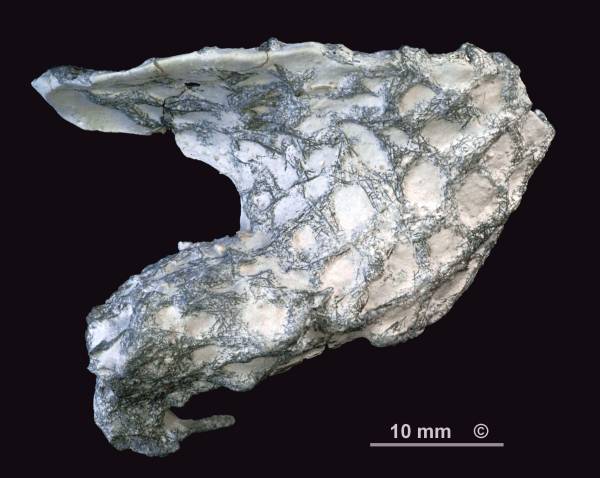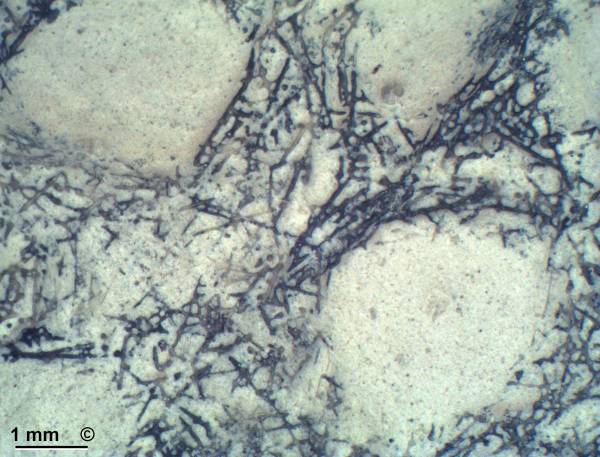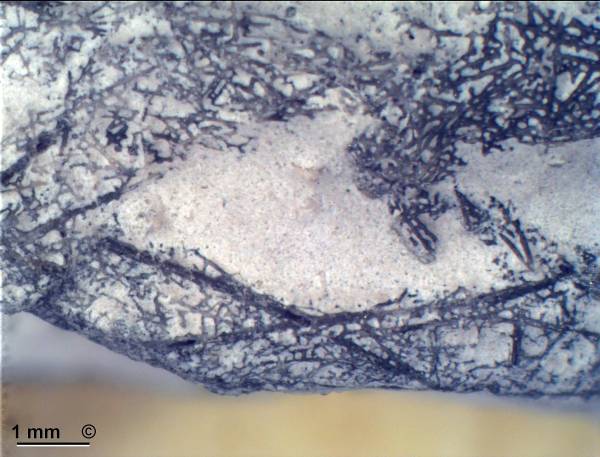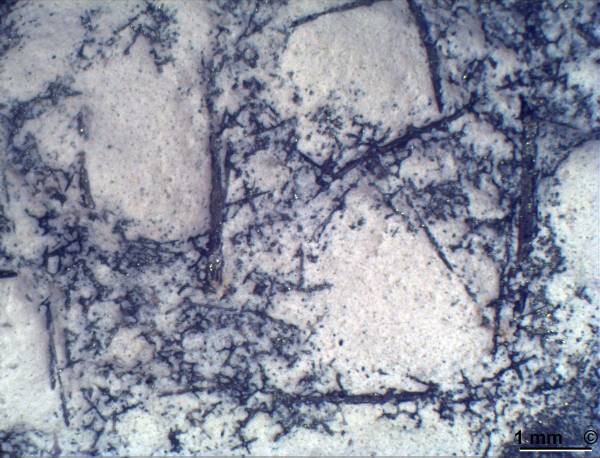
Figure 1 - Regadrella petrijacobi, Alemannia, Höver.
Side view.

Figure 2 - Regadrella petrijacobi, Alemannia, Höver.
Oblique view showing top.
Synonyms:
none
Occurence:
Alemannia, Höver, Lower Campanian (senonensis zone). Very rare (one specimen).
Oberg, near Ilsede, Lower Campanian. Rare.
Regadrella petrijacobi has been reported and described as a new species from Oberg near Ilsede by Schrammen (1912). This is the first report of the species for the Alemannia quarry near Höver.
Figures 1 and 2 show the Regadrella petrijacobi specimen in two different views.
The Regadrella specimen is incomplete, and its spicules are partially pyritized. Nevertheless, the sponge clearly consists of a thin walled, cup shaped, basket like body with a wide margin and a short peduncle. The peduncle was attached to a fragment of a lithisthid sponge. The wall of the basket is approximately 2 mm thick, with numerous 3 to 5 mm wide oscula separated by narrow ridges. These ridges are formed by subparallel bundles of long diactines (principalia) which seem to protrude as marginalia at the growing margin. There are no apparent signs of a former terminal sieve plate.



